ve-header title="Canterbury" background=gh:kent-map/images/banners/20c.jpg .sticky
This collection of short essays covers a range of themes that help explain how Canterbury developed into the city that it is today.
.cards
Overview
Overview

Overview of Canterbury in the 20th century
Boom city
Boom city

In the interwar years the slopes to the north and south sides of the city were developed to build new semi and detached houses with two storey bay windows, bricks clad in hanging tiles, fake timbering and pebbledash.
Canterbury commerce
Canterbury Commerce

In 1900, Canterbury had few small industries and was primarily a centre for rural commerce, to which the famous Cathedral attracted visitors. Between 1900 and 1950, this characterisation changed very little.
Canterbury Education
Canterbury Education

In view of the rich heritage of Christian learning it is not surprising that in the 20th century Canterbury became pre-eminent as a centre of education.
Canterbury Floods
Canterbury Floods

In the early winter of 1909 Canterbury was literally waterlogged, assailed by severe weather that damaged hundreds of homes.
Canterbury Heritage
Canterbury Heritage
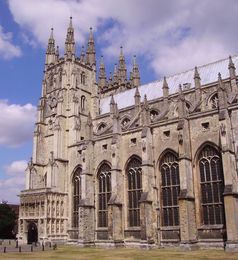
Tourism, for centuries a source of canterbury’s livelihood, brings a million visitors to the Cathedral each year. Organised school and educational visits come not only from London, but from far beyond, including the near Continent.
Canterbury Homes
Canterbury Homes

Canterbury is .
Industrial Canterbury
Industrial Canterbury

One of the largest upholstery tanneries in Europe prospered throughout the 20th century within the city walls until its closure in 2002.
Canterbury Planning
Canterbury Planning

After the war fierce controversy raged over plans for the redevelopment of the city centre.
Canterbury Railways
Canterbury Railways

The Canterbury and Whitstable Railway, opened on May 3rd 1830, was the world’s first passenger steam railway. It became a branch of the London and South East Railway when in 1846 the main line reached Canterbury.
Canterbury Retail
Canterbury Retail

The first retail department store in Canterbury, Lefevre’s, opened in 1926. The 20th century had arrived! It was a modern, new, store in Guildhall Street, which combined the Lefevre family drapers shop with buildings comprising the former Philosophical and Literary Institute, the Theatre Royal and its neighbouring Guildhall Tavern.
Canterbury Tales
Canterbury Tales
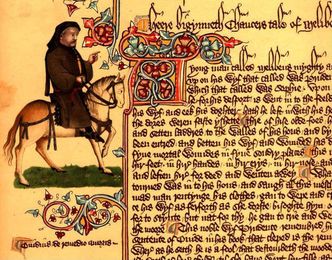
Directors Michael Powell and Emeric Pressburger pay homage to Geoffrey Chaucer’s work in their 1944 film A Canterbury Tale, where the characters willingly or unwillingly follow in the footsteps of the old pilgrims and even feel their presence.
Canterbury Trading Estates
Canterbury Trading Estates
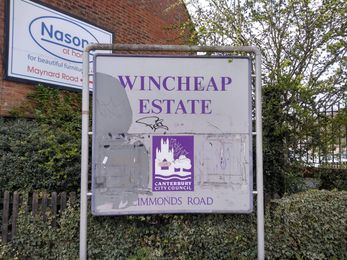
Since the 1960s the map of Canterbury reflects the development of commercial retail and trading estates built outside the city centre. These sites are mostly attached to the A28 Radial route through
Wincheap and the Sturry Road.
Canterbury Transport
Canterbury Transport
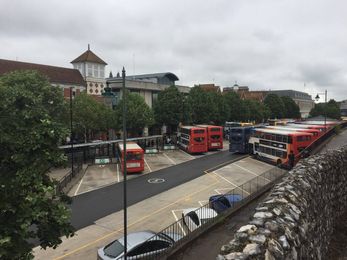
Between 1900 and 1962 all traffic on the A2 from London to Dover passed through the High Street. At the mid-point of the pedestrianised High Street the 1950s traffic signs, pointing in opposite directions to the destinations of Dover and Chatham, can still be seen.
Canterbury Universities
Canterbury Universities
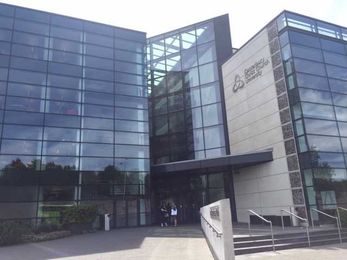
By the end of the 20th century Canterbury was home to three universities, the University for the Creative Arts (founded as the Canterbury School of Art and Architecture 1948),
Canterbury Christ Church University (formerly College of Education founded 1962) and the University of Kent (founded 1965).
Canterbury in World War II
Canterbury in World War II
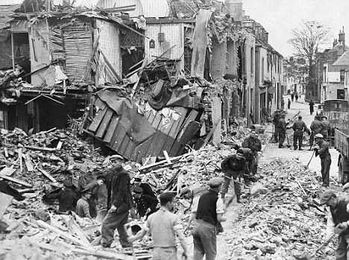
The destruction of World War II came to Canterbury in the night of 1 June 1942, the worst of a series of air raids, when high explosive and incendiary bombs rained down on the old city.